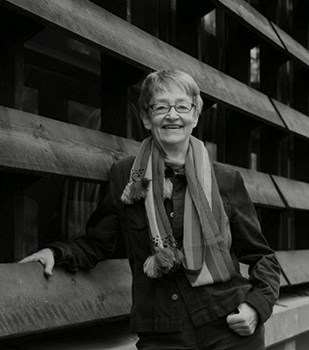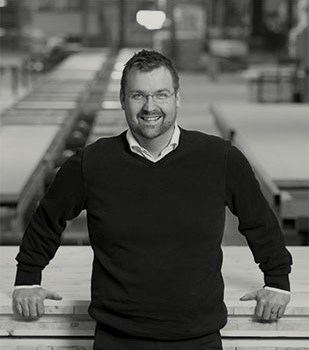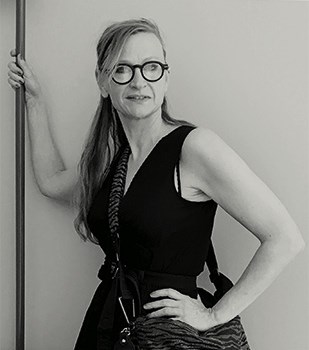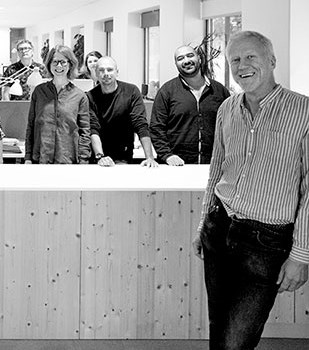STOCKHOLM, SWEDEN We’ve travelled far and wide. North, south, east and west. We’ve been in cars, planes, boats and helicopters. We’ve journeyed through the Swedish landscape – a landscape of forests, fells and fields, lakes, islands and seas. But particularly a landscape of forests.
Everywhere we went, we encountered enthusiastic and knowledgeable developers and architects who explained all about their wooden buildings in loving detail. We gained an idea of the state of play. So how are things going?
Summer cottages and detached houses display all sorts of fantastic designs and sterling craftsmanship. Surprisingly spacious contexts that interact closely with their surroundings. Contexts based on user’s identity and needs, which playfully sidestep established solutions to create desirable homes and environments.
We are also beginning to see more and more apartment blocks being built in wood, bringing the tactile character of wood, its scent and sheer presence, into homes. We are amazed when fantastic buildings offer the same level of design to the general public. I would, however, like to see a similarly playful creativity spread much wider to take in categories such as work and office space, and buildings for culture, commerce and care.
Nowadays, we seek a more humanised indoor environment, with a notion of comfort that includes aspects of wellbeing beyond the obvious. There is a growing awareness that airtight need not be the same as wrapping the whole structure in plastic, which has been the most common way to control the indoor climate. Airtight but diffusion-open structures can be achieved with solid wood components, and cellulose and wood fibre-based products.
With our highly industrialised wood building industry, we can prefabricate box units and complex structural components using file-to-factory methods. The art of wooden construction is securely rooted in the landscape, with innovation building on knowledge from the past.
Calculation models for building high-rises in wood are being developed in Sweden and around the world. It is incredibly exciting to follow the innovations that see maximum heights for buildings with a cross-laminated timber frame rising almost monthly as new examples are erected, in Sundbyberg, in Toronto and in Portland.
The conscious use of wood in these buildings offers hope for a future in which buildings add value in terms of both nature and culture.
A future in wood. That’s the way forward!


























